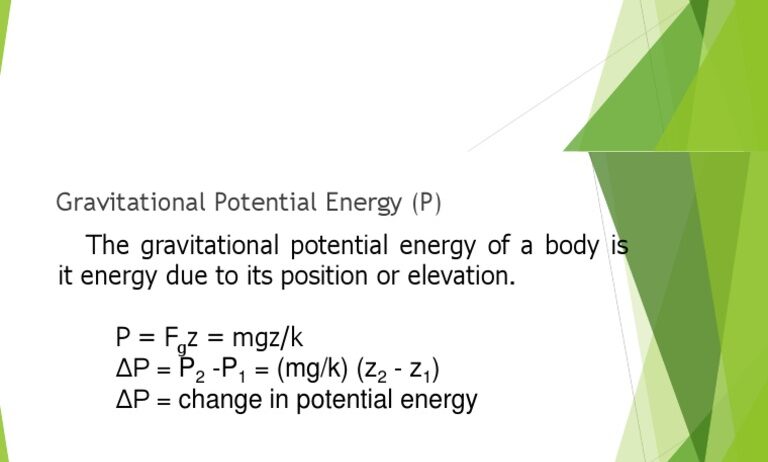Energy conservation in chemical reactions is a fundamental concept that reflects a deep-seated principle of the universe: energy cannot be created or destroyed, only transformed from one form to another. This principle, rooted in the law of conservation of energy, underpins nearly all chemical processes and offers a remarkable lens through which to understand the intricate dance of molecules as they undergo transformations. Not only does this concept address a common observation in our daily lives—energy exists in various forms and is exchanged within systems—but it also hints at deeper reasons, evoking fascination about the microscopic interactions that govern matter.
To explore the energy dynamics in chemical reactions, it is essential to begin with the concept of chemical potential energy. This is the energy stored within the bonds of chemical compounds. When substances interact, their inherent energies can either be released or absorbed, leading to a multitude of products and byproducts. The energy alterations during such transformations can vary dramatically depending on the nature of the reaction.
Exothermic reactions exemplify one vivid illustration of energy conservation. In these reactions, energy is released into the surroundings, typically in the form of heat. A quintessential example is the combustion of hydrocarbons—when fossil fuels are burned, they react with oxygen to form carbon dioxide and water, liberating substantial amounts of heat. This not only heats the immediate environment but also highlights an essential paradox of energy utilization: while we capitalize on these energy releases for warmth and power, we simultaneously contribute to atmospheric changes with dire consequences for our climate.
Conversely, endothermic reactions exemplify processes that absorb energy from their surroundings. Photosynthesis in plants is a prime example of this phenomenon. In this reaction, chlorophyll captures sunlight to convert carbon dioxide and water into glucose and oxygen. This process epitomizes a critical energy transformation: solar energy is converted into chemical energy. Herein lies a duality; though plants leverage this transformative energy for growth and sustenance, the reliance on diurnal cycles and climatic conditions further intertwines these reactions with broader ecological factors.
The transition between exothermic and endothermic reactions unveils a compelling aspect of thermodynamics—the energy changes accompanying chemical reactions can be quantified using enthalpy. Enthalpy, denoted by the symbol (H), serves as a thermodynamic potential that reflects the total heat content of a system. The difference in enthalpy between reactants and products ultimately yields an observable change in energy. For instance, in a combustion reaction, where reactants have a higher enthalpy than the products, the resultant energy release epitomizes the underlying principle of energy conservation sharply.
Delving deeper into the molecular mechanics, the concept of activation energy warrants attention. This energy barrier represents the minimum energy threshold required to initiate a chemical reaction. Often underestimated, activation energy is pivotal in determining the rate and likelihood of a reaction. Factors such as temperature, concentration, and catalysts can influence this threshold, revealing the delicate balance of energy required for molecular transformations to occur. Catalysts, in particular, illustrate a fascinating aspect of energy conservation; they lower activation energy without being consumed in the reaction, thus allowing reactions that would normally require extensive energy input to proceed more readily.
The interconnectedness of chemical reactions and energy conservation extends beyond mere reaction types; it also encompasses the broader context of energy transfer. Thermal energy flows spontaneously from warmer to cooler bodies until equilibrium is established. This principle manifests in various chemical processes, particularly those involving phase transitions—melting, vaporization, and sublimation. Understanding these transitions demands a nuanced grasp of entropy and the second law of thermodynamics, which indicates that total entropy—a measure of disorder—tends to increase in isolated systems. Observing the interplay between energy conservation and the progression towards equilibrium provides fascinating insights into nature’s inherent tendencies.
Moreover, considering the societal implications of energy conservation in chemical reactions is paramount. The critical examination of our reliance on fossil fuels versus renewable energy sources stems from an understanding of these chemical transformations. The looming reality of climate change profoundly impacts these discussions, as the energy released from fossil fuel combustion exacerbates global warming. Thus, exploring sustainable alternatives, such as biofuels and solar energy systems, emerges as a pivotal strategy for mitigating adverse climatic effects while adhering to the principles of energy conservation.
In closing, the descriptions of energy conservation in chemical reactions provide a gateway into a complex interplay between science and environmental stewardship. Each reaction, whether exothermic or endothermic, does not merely reflect a shift in energy forms but encapsulates an intricate narrative of phenomena unfolding at the atomic level. As societies confront the urgent demands of climate change, the insights gleaned from this realm of chemistry underscore an essential reminder: energy conservation is not just an abstract principle; it is a vital thread in the fabric of existence that weaves together our understanding of the natural world and the impact of our choices. Armed with this knowledge, there lies a responsibility to advocate for practices that honor this foundational law of nature, ultimately leading to a more sustainable future.







